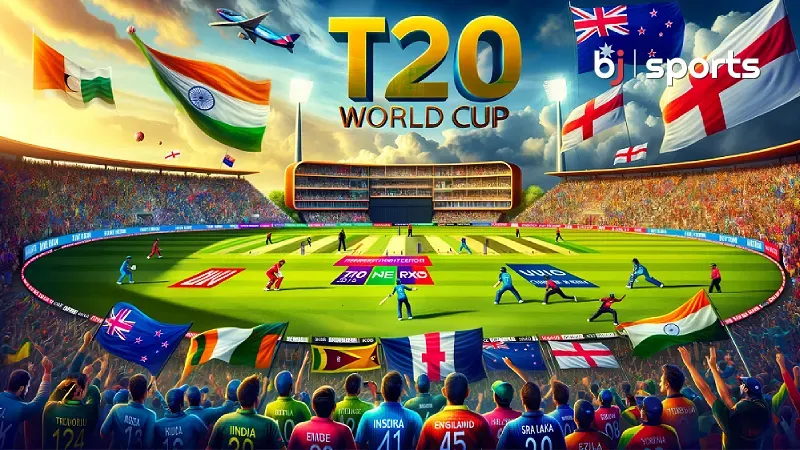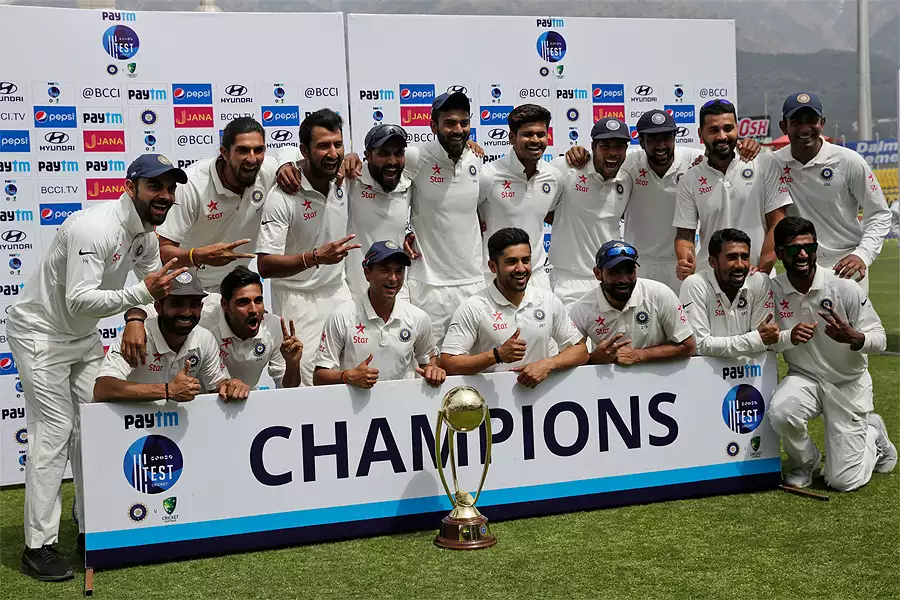How Many Rules In T20
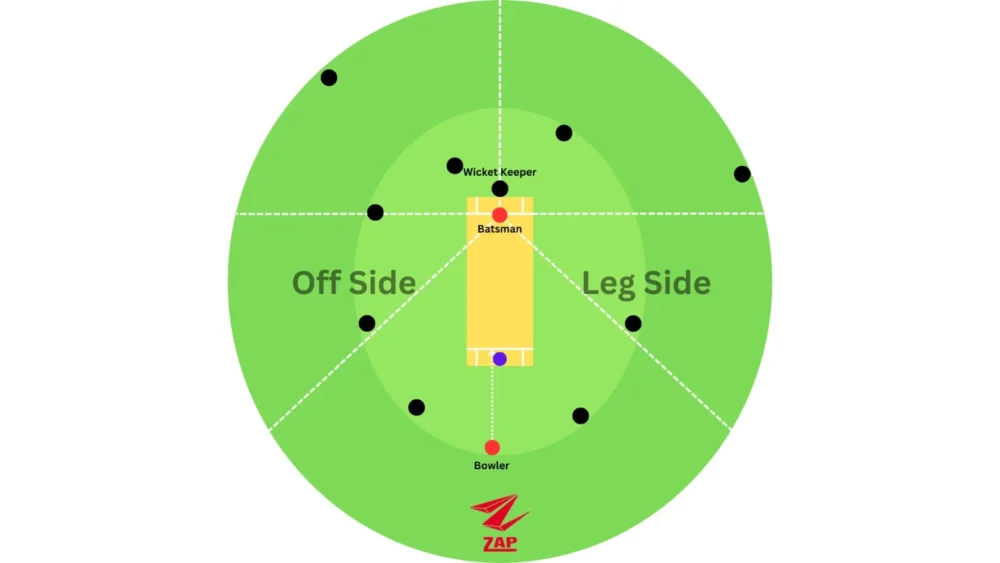
Introduction:
In the ever-evolving landscape of cricket, Twenty20 (T20) cricket has emerged as a thrilling and dynamic format, captivating audiences worldwide with its fast-paced action and electrifying moments. With its shorter duration and emphasis on aggressive gameplay, T20 cricket has gained immense popularity since its inception. However, understanding the rules and regulations governing this format is crucial for both players and spectators alike. In this article, we delve into the intricacies of T20 cricket, exploring its rules and shedding light on the factors that contribute to its excitement.
The Basics of T20 Cricket:
T20 cricket, as the name suggests, is a form of cricket where each team plays a single innings, restricted to a maximum of 20 overs. An over consists of six legal deliveries bowled by one bowler. The game typically lasts around three hours, making it much shorter than traditional formats such as Test and One Day International (ODI) cricket.
Fielding Restrictions:
One of the key elements that distinguish T20 cricket from other formats is the fielding restrictions. During the first six overs of each innings, known as the “Powerplay,” a maximum of two fielders are allowed outside the 30-yard circle, encouraging aggressive batting and setting the stage for high-scoring encounters. After the Powerplay, up to five fielders can be positioned on the boundary, offering a balance between attack and defense.
Free Hits:
In T20 cricket, if a bowler bowls a no-ball (an illegal delivery) by overstepping the crease, the subsequent delivery is called a “free hit.” This means that the batsman cannot be dismissed via any mode of dismissal except a run-out. Free hits add an element of excitement to the game, often resulting in big hits from the batsmen as they look to capitalize on the opportunity.
Strategic Timeouts:
Another unique feature of T20 cricket is the strategic timeout, where each team is allowed to take one two-and-a-half-minute break during the innings. This break, usually taken around the halfway mark of the innings, allows teams to reassess their strategies, make tactical adjustments, and provide players with a brief respite amidst the intensity of the game.
Decision Review System (DRS):
To ensure fair play and minimize umpiring errors, T20 cricket employs the Decision Review System (DRS). Each team is allotted a certain number of reviews per innings, allowing them to challenge the on-field umpire’s decision regarding dismissals or other contentious rulings. DRS has added an extra layer of drama and intrigue to T20 matches, as teams strategically utilize their reviews to gain an advantage.
Super Over:
In the event of a tie in a T20 match, a “Super Over” is played to determine the winner. Each team gets one over to bat, with the team scoring the most runs in their Super Over declared the winner. If the scores are still tied after the Super Over, the team that has hit the most boundaries in both the match and the Super Over combined is declared the winner. Super Overs have produced some of the most nail-biting moments in T20 cricket, showcasing the format’s unpredictability and excitement.
Conclusion:
T20 cricket has revolutionized the sport, captivating fans with its fast-paced action, big hits, and dramatic finishes. Understanding the rules and regulations governing this format is essential for players, officials, and spectators alike. From fielding restrictions to free hits and strategic timeouts, each aspect of T20 cricket contributes to its unique appeal and adrenaline-filled entertainment. As the format continues to evolve, one thing remains certain: T20 cricket will continue to enthral audiences around the globe for years to come.
The Evolution and Impact of Twenty20 Cricket: A Game-Changer in the World of Sport

Introduction:
In the realm of cricket, Twenty20 (T20) has emerged as a revolutionary format, reshaping the traditional dynamics of the sport and captivating audiences worldwide. With its fast-paced action, explosive batting, and nail-biting finishes, T20 cricket has not only captured the imagination of fans but has also played a pivotal role in the commercialization and globalization of the game. In this article, we explore the evolution, impact, and enduring appeal of T20 cricket on the global stage.
The Birth of T20 Cricket:
The origins of T20 cricket can be traced back to England in 2003 when the England and Wales Cricket Board (ECB) introduced the format as a means to attract a younger audience and inject new energy into the sport. The inaugural T20 match, played between Hampshire and Sussex, marked the beginning of a new era in cricket, characterized by shorter matches, aggressive batting, and a carnival-like atmosphere in the stands.
The Rise of T20 Leagues:
One of the defining features of T20 cricket has been the proliferation of domestic and international leagues around the world. The Indian Premier League (IPL), launched in 2008, has been instrumental in popularizing the format and revolutionizing the cricketing landscape. With its star-studded line-ups, high-octane matches, and massive television viewership, the IPL has set new benchmarks for T20 cricket and become a lucrative platform for players, broadcasters, and sponsors alike.
Beyond the IPL, leagues such as the Big Bash League (BBL) in Australia, the Caribbean Premier League (CPL), and the Pakistan Super League (PSL) have further contributed to the global expansion of T20 cricket, providing players from diverse backgrounds with opportunities to showcase their talent on a grand stage.
Entertainment and Innovation:
T20 cricket is not just about the action on the field; it’s also about the spectacle and entertainment off it. From cheerleaders and fireworks to music and fan engagement activities, T20 matches are designed to offer a complete entertainment package for spectators of all ages. The advent of technology has also played a significant role in enhancing the viewing experience, with innovations such as Spidercam, LED stumps, and player mic-ing adding to the drama and excitement of T20 cricket.
Impact on Player Development:
The rise of T20 cricket has had a profound impact on the way the game is played and perceived by players and coaches. With its emphasis on power-hitting, innovative strokeplay, and athleticism, T20 cricket has given rise to a new breed of cricketers who excel in the shortest format of the game. The success of T20 specialists like Chris Gayle, AB de Villiers, and Rashid Khan has blurred the lines between traditional cricketing roles, inspiring a generation of players to adapt and evolve their game to suit the demands of T20 cricket.
Conclusion:
Twenty20 cricket has undoubtedly transformed the cricketing landscape, redefining the sport in terms of entertainment, commercialization, and player development. As the format continues to evolve and capture the imagination of fans around the world, it serves as a testament to the enduring appeal and adaptability of cricket as a global phenomenon. Whether it’s the glitz and glamour of the IPL or the raw energy of a local T20 match, one thing is certain: T20 cricket has carved its place in the annals of sporting history and shows no signs of slowing down.
Unveiling the Best Cricketer in T20: A Tribute to the Maestros of the Shortest Format
Introduction:

In the captivating realm of Twenty20 (T20) cricket, where every delivery counts and excitement knows no bounds, there have been players who have risen above the rest, showcasing unparalleled skill, finesse, and dominance. Identifying the best cricketer in T20 is no easy feat, given the plethora of talent and the dynamic nature of the format. In this article, we pay homage to the maestros who have left an indelible mark on T20 cricket and analyze the qualities that define the best in the business.
Virat Kohli: The Run Machine
When it comes to consistency and mastery in T20 cricket, the name that inevitably comes to mind is Virat Kohli. The Indian batting maestro has amassed an extraordinary number of runs in T20 cricket, exhibiting remarkable control, precision, and adaptability. Kohli’s ability to pace his innings, rotate the strike, and execute a wide array of shots with elegance and finesse has set him apart as one of the greatest T20 batsmen of all time. With numerous match-winning innings to his name, Kohli’s impact on T20 cricket transcends statistics, inspiring millions of aspiring cricketers around the world.
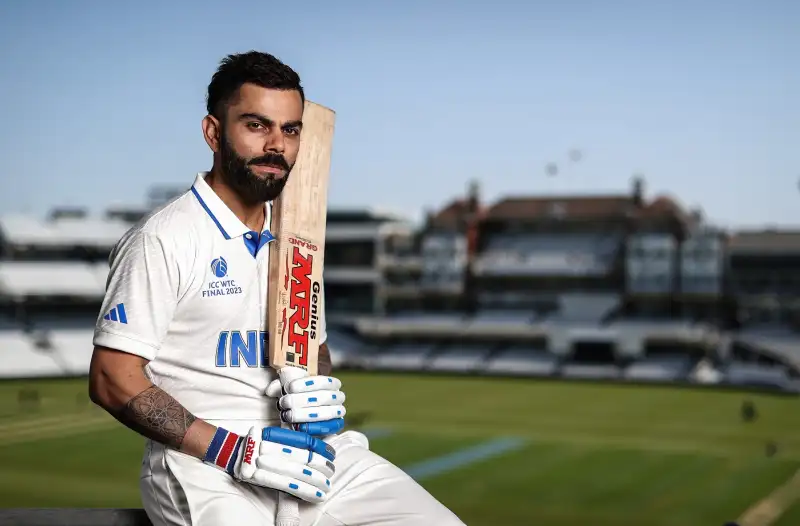
AB de Villiers: The 360-Degree Player
In the pantheon of T20 greats, AB de Villiers stands out as a beacon of innovation and versatility. Renowned for his unorthodox strokeplay, audacious shot selection, and lightning-quick reflexes, de Villiers has redefined the boundaries of what is possible in T20 cricket. Whether it’s reverse sweeps, switch hits, or outrageous scoops over the wicketkeeper’s head, de Villiers’ ability to improvise and innovate under pressure has made him a nightmare for opposition bowlers. Beyond his batting prowess, de Villiers’ athleticism in the field and astute cricketing acumen make him a complete package in the T20 arena.
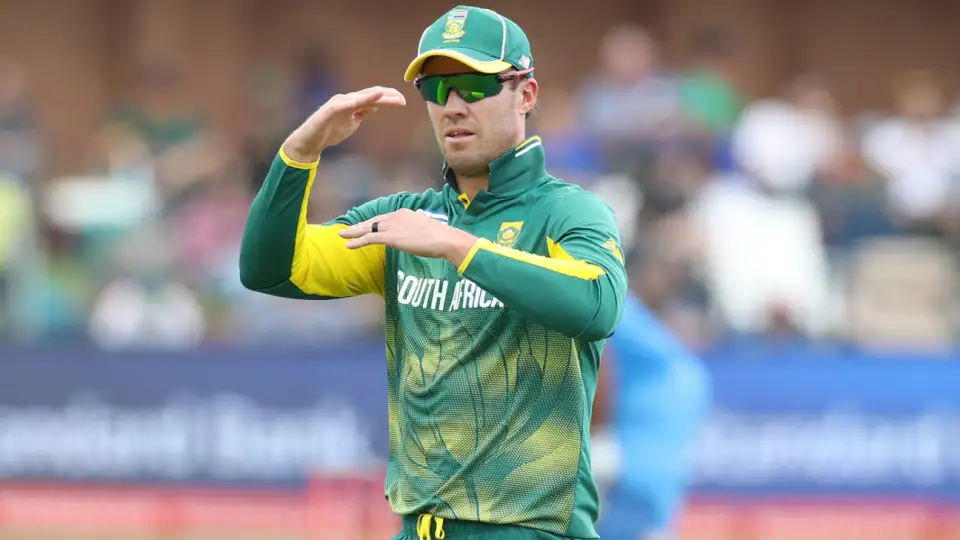
Rashid Khan: The Spin Sensation
While T20 cricket is often associated with power-hitting and fast bowling, spinners have carved out their own niche in the format, none more so than Rashid Khan. The Afghan leg-spinner has taken the cricketing world by storm with his mesmerizing variations, pinpoint accuracy, and wicket-taking ability. Rashid’s knack for picking up crucial breakthroughs in the middle overs and applying pressure on the opposition has made him a formidable force in T20 cricket. Whether it’s bamboozling batsmen with his googlies or stifling run-scoring with his economical bowling, Rashid’s impact on T20 matches is undeniable.

Conclusion:
In the ever-evolving landscape of T20 cricket, where the margin between success and failure is razor-thin, the best cricketers are those who can thrive under pressure, adapt to changing conditions, and consistently deliver match-winning performances. While Virat Kohli, AB de Villiers, and Rashid Khan represent just a few of the many luminaries in T20 cricket, their contributions to the sport serve as a testament to the enduring allure and excitement of the shortest format. As T20 cricket continues to captivate audiences around the world, one thing remains certain: the quest for the title of the best cricketer in T20 will always be a fiercely contested battle, with legends of the game leaving an indelible legacy for generations to come.
FAQs
What are T20 cricket rules?
General rules: Each bowler may bowl a maximum of only one-fifth of the total overs per innings. For a full, uninterrupted match, this is four overs. If a bowler delivers a no-ball by overstepping the crease, it costs one or two runs (depending on the competition) and their next delivery is designated a “free-hit”.

